International communication in a diplomatic perspective is an attempt to increase mutual trust or strengthen belief in an idea. By using diplomatic channels, international communication is more widely used to expand influence, increase commitment and solidarity, reduce differences of opinion and misunderstanding, and avoid conflicts in matters of goals and interests desired by a country. Not only to avoid conflict, international communication is often used to develop cooperation in both bilateral and multilateral relations, strengthen bargaining positions and enhance the image and reputation of a country. Here, one feels the importance of diplomatic communication techniques and the need for a tradition of diplomatic communication among sovereign countries in laying down the main lines of international communication for the purpose of maintaining world peace and developing international development.
Various state visits and the participation of a country in international conferences are included in the diplomatic part of international communication. Examples include communication between leaders of one country and leaders of other countries in forums for exchanging ideas, trials, negotiations, and so on to garner support for a resolution at the United Nations. Another example is contacts to provide information about what is actually happening regarding socio-political stability in order to develop international cooperation and encourage foreign investment into a country.
International communication is also often exploited by developed countries that have political interests to expand their area of political influence or to fulfill their own national interests. In this context, international communication is used as a tool to strengthen the hegemony of a country over other countries or over a certain region. To achieve this goal, it is clear that a very large cost is required. To maintain or expand the area of influence, a country tends to implement various measures, including containment policies.
The following are some of the diplomacy that has been carried out by Indonesia in fighting for Indonesian independence:
1. Philip Christison Negotiations
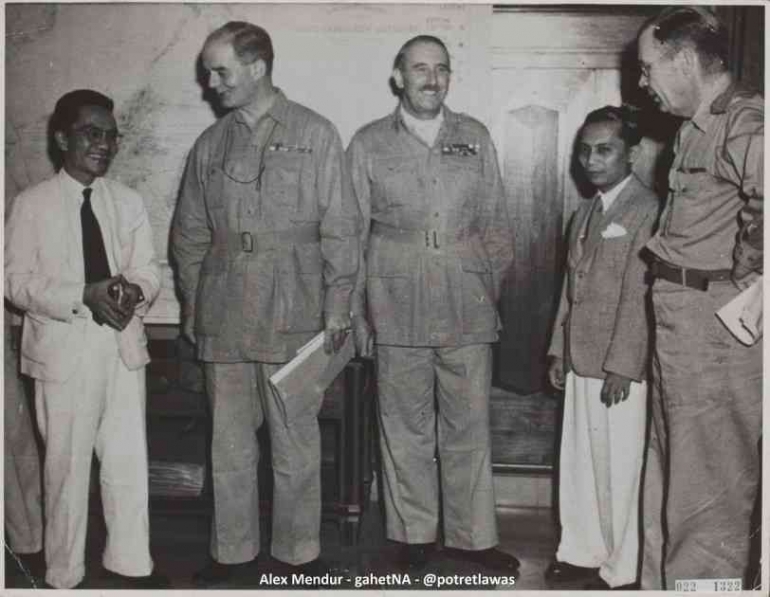
2. The Hooge-Veluwe negotiations
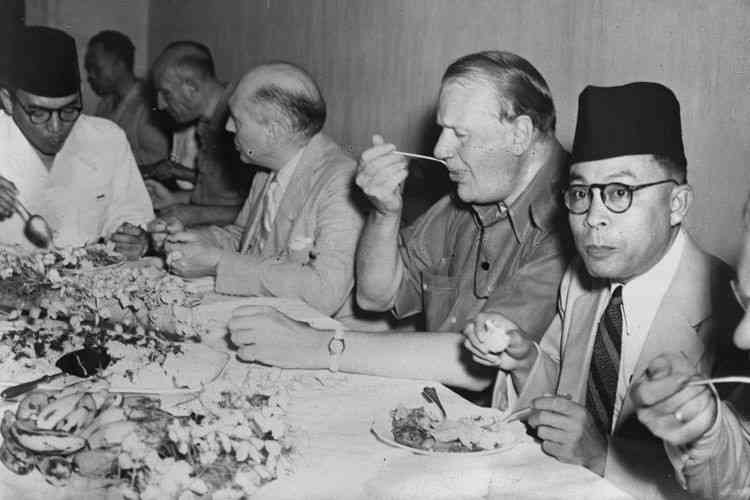
3. Linggarjati Agreement
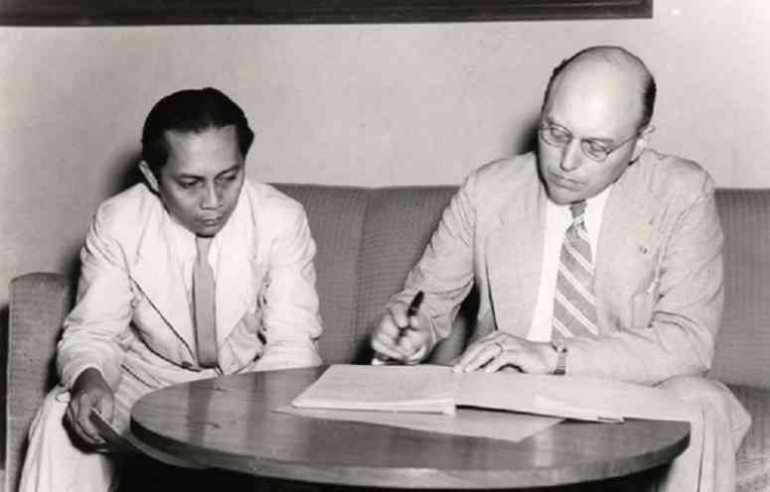
The Lingarjati negotiations were held from 11 November to 13 November 1946 in Linggarjati Village, Cilimus, Kuningan, West Java. In these negotiations, Indonesia was represented by Sutan Sjahrir, AK Gani, Susanto Tirtoprojo, and Mohammad Roem. While the Netherlands was represented by Wim Schermerhorn, Max Von Poll, Van Mook and F de Baer. In fact, the former British ambassador to Egypt, Lord Killearn, was also present as a mediator to ensure that the agreement ran smoothly. The agreement resulted in several agreements, including:
1. The Netherlands recognizes the sovereignty of the Republic of Indonesia over the islands of Java, Sumatra and Madura.
2. The Republic of Indonesia becomes part of the United States of Indonesia together with the State of Borneo and the State of East Indonesia.
3. The Indonesian-Dutch Union will be established on January 1, 1949. With the Queen of the Netherlands as its leader.
4. The Renville Talks

The Renville negotiations were held in 1948 as one of the historical events to defend Indonesian independence. One of the contents of the UN Security Council resolution is to form a committee to mediate the conflict between Indonesia and the Netherlands. This committee is called the Committee of Good Offices for Indonesia. This committee is better known as the Three Nations Commission (KTN) because it has three members, Australia representing Indonesia, Belgium representing the Netherlands, and the United States appointed by the United Nations as the intermediary. These three parties initiated the agreement between Indonesia and the Netherlands in which these negotiations were carried out on the USS Renville warship anchored at the Port of Tanjung Priok, Jakarta on January 17, 1948. Several agreements in the Renville Negotiations:
1. Immediate establishment of the United States of Indonesia (RIS).
2. The Republic of Indonesia is part of the Republic of Indonesia
3. The Dutch still controlled all of Indonesia before the RIS was formed
4. The Indonesian territories recognized by the Dutch were only Central Java, Yogyakarta and Sumatra
5. The territory of Indonesia and the Netherlands is separated by a line of demarcation called the Van Mook Line
6. Indonesian troops withdrew from the Dutch-controlled areas (West Java and East Java)
5. Roem-Royen Negotiations
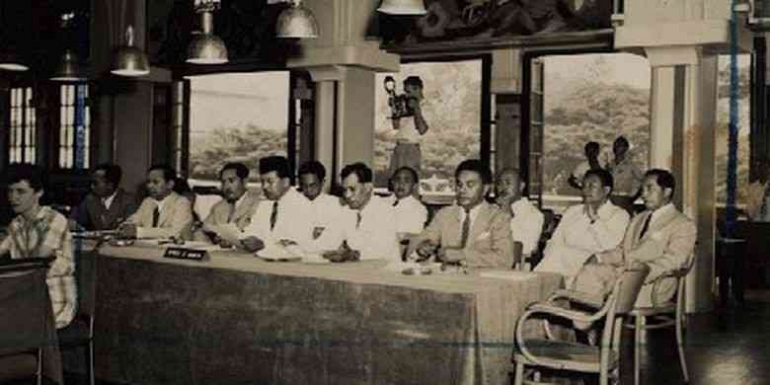
The Roem-Royen Agreement was made to deal with several issues related to Indonesian independence before the Round Table Conference was held in The Hague.In this agreement made on May 7, 1949, the Indonesian delegation was led by Mohammad Roem, while the Dutch delegation was led by Herman van Royen. The venue for the Roem-Royen negotiations was held at the Des Indes Hotel, Jakarta.Mohammad Hatta, who was then exiled in Bangka, until his presence was requested in this agreement. Sri Sultan Hamengkubuwono IX was also asked to attend. At that meeting, Sri Sultan was then the reigning king of Yogyakarta to assert Yogyakarta's position as part of the Republic of Indonesia. The negotiations resulted in:
1. Approved the return of the Government of the Republic of Indonesia to Yogyakarta
2. Ensure the Cessation of military movements and the release of all political prisoners
3. Will not establish or recognize countries in areas controlled by the Republic of Indonesia before December 19, 1949, and will not expand the state or area to the detriment of the Republic
4. Approved the existence of RI as part of the United States of Indonesia
5. Try earnestly so that the KMB can be held immediately after the Republican Government returns to Yogyakarta
6. Round Table Conference
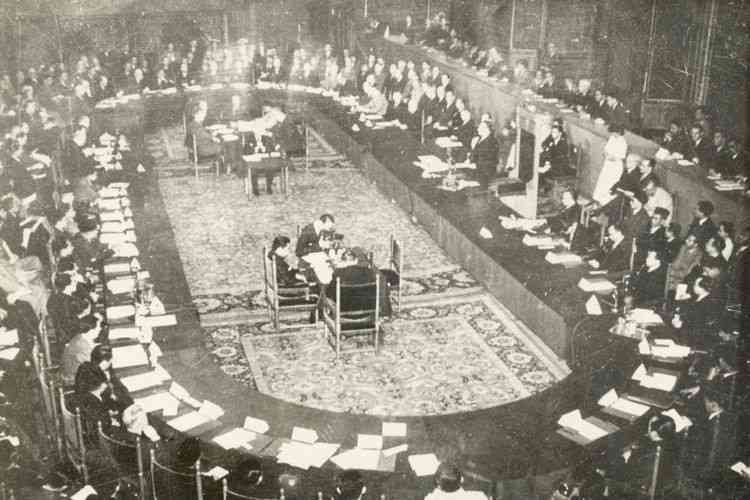
The Round Table Conference (KMB) was held from 23 August to 2 November 1949 as a negotiation for recognition of Indonesian independence.Apart from being attended by Indonesian and Dutch parties, the KMB was also attended by the Bijeenkomst voor Federaal Overleg (BFO/Federal Consultative Assembly). BFO is a committee formed by the Netherlands to manage the United Republic of Indonesia.Between the BFO and Indonesia itself there was cooperation which resulted in an agreement at the Inter-Indonesian Conference.Meanwhile, at this KMB the Netherlands finally recognized Indonesian sovereignty. The result of this recognition was stated in the Sovereign Transfer Charter signed by J.H. van Maarseveen, Sultan Hamid II and Mohammad Hatta. The charter contains:
1. The Netherlands surrendered sovereignty to the United States of Indonesia at the end of December 1949
2. An Indonesian-Dutch Union will be formed. In that union, Indonesia and the Netherlands will work together.
3. The position of Indonesia and the Netherlands is equal
4. Indonesia will return all Dutch property and pay the debts of the Dutch East Indies before 1949
Indonesian Gastrodiplomacy

Gastrodiplomacy is a means of mixing cultural diplomacy, culinary diplomacy, and nation branding to make foreign culture tangible and touching. Food and tourism diplomacy has actually been around for a long time and is recognized by the term gastronomic diplomacy or gastrodiplomacy in short. Gastrodiplomacy can be defined as a realm of policy and practice in which state and non-state actors seek to cultivate a positive image with a nation brand that is shown to foreign publics, using foreign tourists who are valued as potentially valuable to be able to increase state revenues and state image.
The main goal of gastrodiplomacy, of course, is to increase a country's economic income by involving aspects of promotions carried out to support the spread of a country's cultural influence. Gastrodiplomacy itself makes strategic use of culinary culture to build an image, which is related to influencing foreign public perceptions of a nation's culture.
Like Japan can be an example. For Japanese people, sushi is a special food that can represent Japan well. The processing of sushi is quite simple, because most of the sushi is not processed, this is intended so that the condiments are still natural and do not lose much of their nutrients.
South Korea takes advantage of the popularity of its entertainment world (K-pop, K-movies, K-drama), which has already been appreciated by billions of people around the world, to introduce its unique and healthy culinary delights. South Korean cuisine at the forefront of this program is fermented radish, Korea's famous side dish, kimchi. Therefore, South Korean gastrodiplomacy is often referred to as "Kimchi Diplomacy".
So for Indonesia itself, our soft power diplomacy is not limited to promoting cultural diversity, natural beauty and delicious food. To project Indonesia's image in a broader and strategic perspective, cultural diplomacy is carried out in a new narrative, namely to portray an Indonesia that is democratic, moderate, tolerant, and has a very diverse arts and culture.
Tumpeng rice with a cone shape pointing upwards symbolizes our prayers to the Creator and will reach Him. This is a symbol of the religious Indonesian nation. The yellow rice cone surrounded by various colorful side dishes shows the Indonesian nation which is diverse in ethnicity, ethnicity, and religion. The color of the side dishes gives beauty and delicacy to Indonesia's diversity.
Indonesia also has culinary potential to achieve a culinary brand image abroad. Several Indonesian dishes were selected on CNN's World's 50 Best Foods list, including: rendang, fried rice, chicken soup, and even rendang took first place in 2011 and 2017. When cooking rendang, one needs patience and persistence in stirring, as well as wisdom in regulate the temperature of the fire. In addition, wisdom is also needed in choosing ingredients such as meat, chilies, and other spices to achieve the desired taste. Not only that, aspects of patience and experience are also needed to achieve perfection in making rendang.
Follow Instagram @kompasianacom juga Tiktok @kompasiana biar nggak ketinggalan event seru komunitas dan tips dapat cuan dari Kompasiana. Baca juga cerita inspiratif langsung dari smartphone kamu dengan bergabung di WhatsApp Channel Kompasiana di SINI













